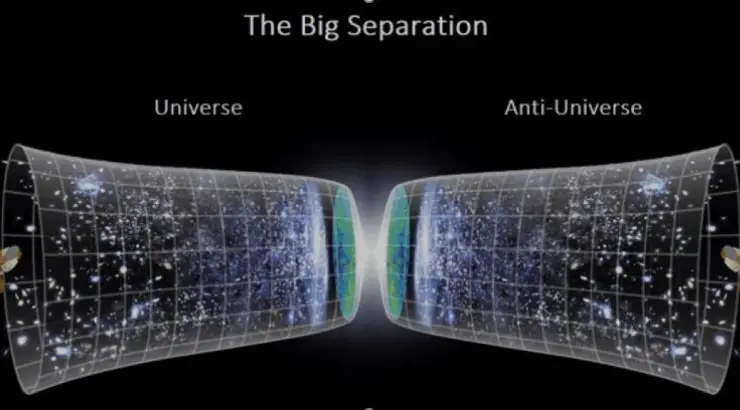The Universe
New Discovery May Explain How Matter Outpaced Antimatter in the Early Universe
Why does anything exist at all?

(TMU) — Earlier this week, we reported on a wild new hypothesis for the true nature of the cosmos, a physics-based amalgam of panpsychism and the simulation argument which argues that the universe is one grand thought simulating itself into existence on loop. Since non-materialist explanations for the universe lay at the very fringes of accepted science, today we will look at an equally new mainstream discovery that is just as mind-boggling.
This recent cosmological discovery may contain clues as to what happened at the beginning of the universe. How did the dynasty of matter take hold and create the stars and planets around us? It has always been one of the most confounding mysteries in science: Why does anything exist at all?
The new discovery involves evidence for a concept known as leptogenesis. This hypothesis suggests that during the initial moments of the Big Bang, giant neutrinos formed but then broke down and eventually tilted the scale of matter to antimatter just enough to create the physical stuff of our universe.
It’s less sexy than a self-simulating universal consciousness that can will matter into existence, but in some ways, it’s not any less mystical. You’re still left with the fundamental question posed by Stephan Hawking: “What is it that breathes fire into the equations and makes a universe for them to describe? Why does the universe go to all the bother of existing?”
The announcement came from scientists at the T2K (Tokai to Kamioka) experiment in Japan, where a team of researchers has observed the oscillation of neutrinos as they travel through 300 km of underground cables. What the T2K researchers discovered was that neutrinos and antineutrinos do not mirror each other in the same as a particle of matter and its doppelganger antimatter particle. Such a discovery in physics is called a CP Violation and it provides corroboration for the idea that matter got the upper hand on antimatter.
Leptogenesis has competition, though. Another leading theory, called electroweak baryogenesis, argues that early versions of the Higgs boson particle triggered a phase shift in the early universe that destroyed most of everything but left a tiny amount of surviving matter, which became our universe.
The T2K team doesn’t claim to have settled the matter. In fact, they say future experiments and evidence will be needed, as neutrinos are more difficult to study than other elementary particles.
Theoretical physicist Jessica Turner, who works at the Fermi National Accelerator Laboratory (Fermilab) in Batavia, Ill said to Scientific American, “Leptogenesis is a very elegant way of explaining things. Firstly, you answer why there’s more matter than antimatter. And second, you explain why neutrinos have such small masses.”
However, theoretical physicist Seyda Ipek says it’s possible that neither leptogenesis nor electroweak baryogenesis is correct.
Turner agrees: “I think we need to let ourselves explore all possibilities. Nature unravels as it does; we can’t control that. We just try our best to understand it.”
New experiments could unveil the nature of the early universe, including the ever-nebulous dark matter that has not been detected or even proven to exist but which may hold the answer to the riddle. In the 2030s the Laser Interferometer Space Antenna (LISA), a space-based gravitational-wave detector, will launch and could detect gravitational waves that prove a cosmological phase transition took place right after the Big Bang.
In the meantime, the mystery persists but we’re a few steps closer to resolving how matter came about at all.
By Jake Anderson | Creative Commons | TheMindUnleashed.com
Typos, corrections and/or news tips? Email us at Contact@TheMindUnleashed.com
